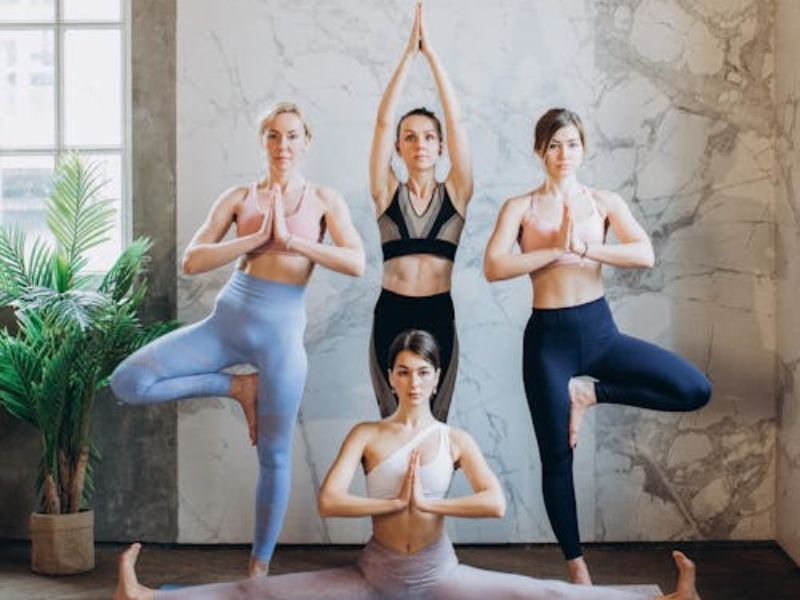In addition to being inflexible, the most common concern who practice yoga is that they have difficulty balancing. Yoga trainers say since many years after practicing yoga balance poses. They have realized something that has completely changed the approach: Practice does not make perfect. Witnessing your process is possible through practice.
Balance yoga poses aren’t about results. Instead of looking at the outcome, you observe and learn from your process. Asana allows you to watch how you handle challenges, particularly wobbles and falls—losing your balance teaches you how to regain equilibrium in your mind and body.
The more you balance on your mat, the more confidence and ease you can take into the world. Keeping your balance in yoga poses can be made easier with these tools.

Image Credit: Pexels/Elina Fairytale
Your Feet Or Hands
Are you aware that you lose your balance if you scrunch your toes or lift your foot in a standing position? Your balance is less stable as less surface area is in contact with the ground, supporting your weight.
In intense inversions like Handstand or more common poses like Adho Mukha Svanasana, you can spread your fingers widely to take up more space with your hands
Your Gaze – Drishti

Image Credit: Pexels/Alexy Almond
When you’re anxious, what happens to your eyes? You may feel safe and stable when they settle on something.
In uncomfortable situations, a sense of steadiness and ease in your gaze can help your body find comfort. When you keep a steady eye on Drishti, your mind and body will feel stable, no matter how hard you try. Focus your gaze on a single point.
Your Breath
Students often stop breathing when I cue them into a challenging balance pose. It’s challenging to think when in an unfamiliar posture!
Keeping an even breathing pace is crucial to maintaining your balance. You cannot survive without breathing, so holding your breath triggers your nervous system out of its safe zone. With practice, the balance comes naturally when you steady your breath.